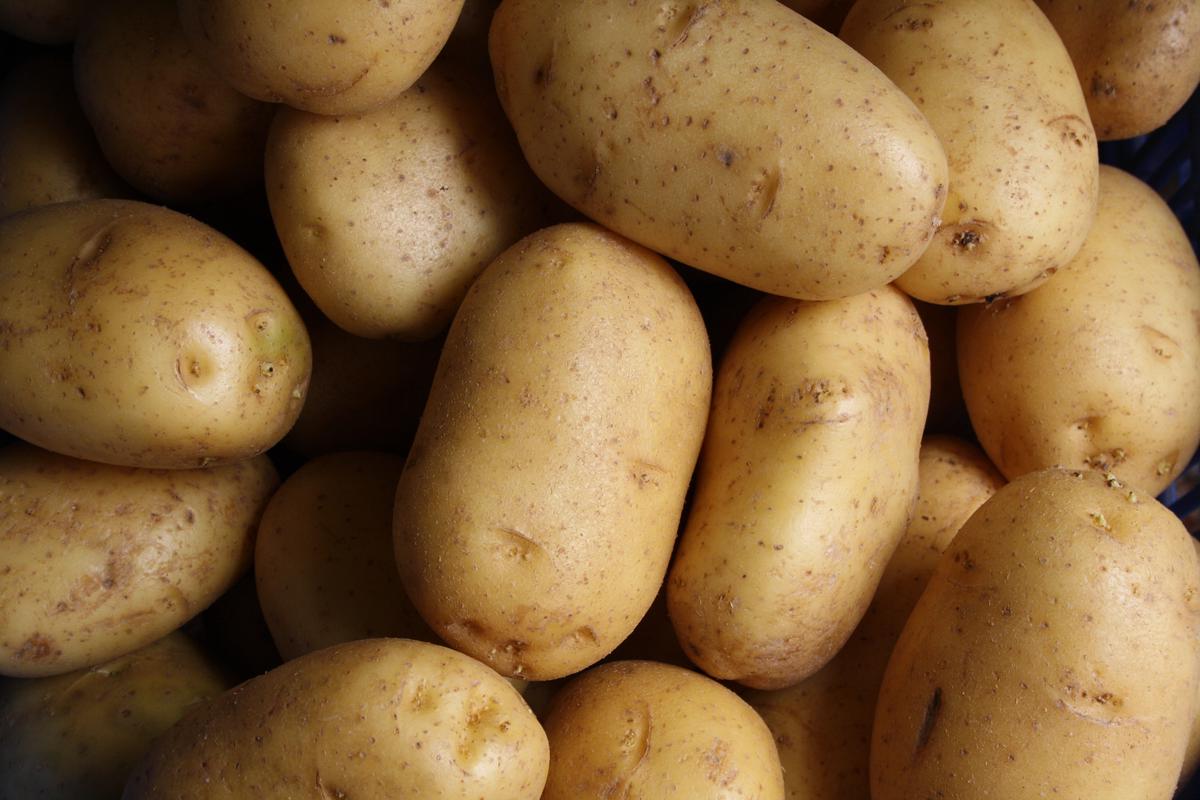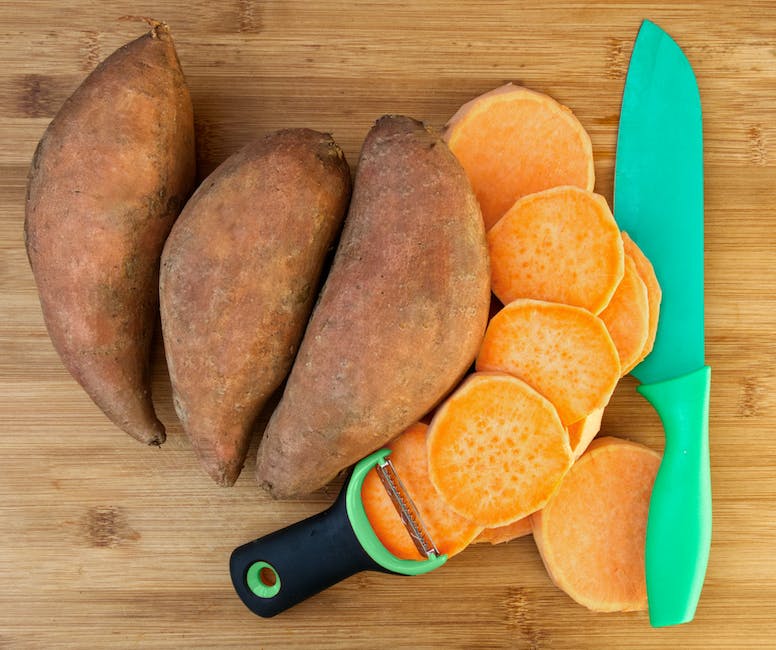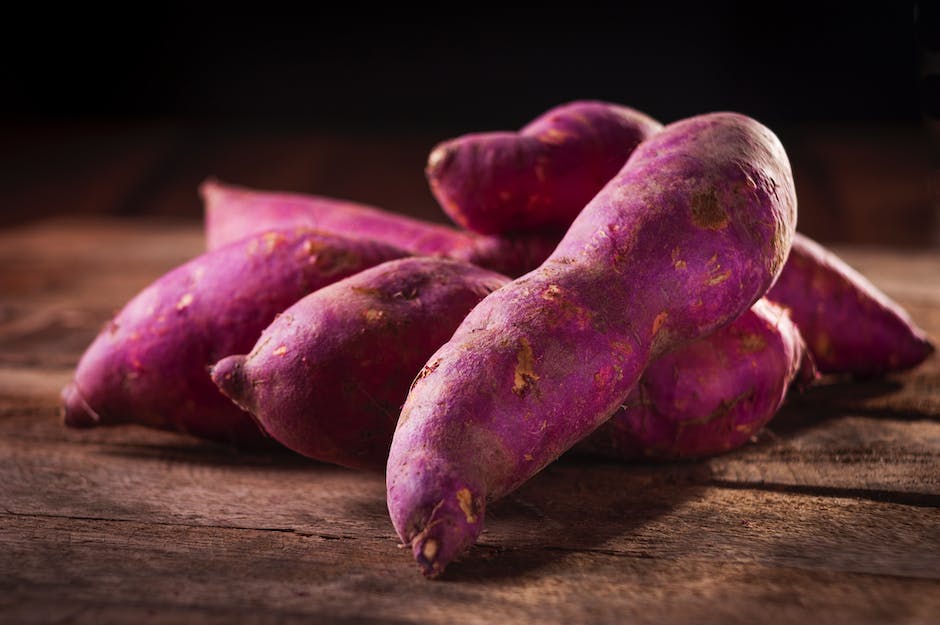Harvesting Sweet Potatoes: When and How?

Mastering the art and timing of harvesting sweet potatoes can optimize both the quality and quantity of your yield. A complex process, it begins with an understanding of the sweet potato vine life cycle, recognizing key visual indicators of maturity and employing suitable harvesting techniques. Sweet potatoes, unlike regular potatoes, don’t readily show when they are ready to harvest, necessitating a careful study of their unique growth stages, which vary from 90-170 days. Therefore, learning about the nuances in the life cycle of this robust and hearty vegetable is the first crucial step in effectively harvesting them.
Understanding Sweet Potato Vine Life Cycle
Cultivating and Harvesting Success: Understanding the Sweet Potato Life Cycle!
There’s deep magic in the soil! That magic multiplies tenfold when planting sweet potatoes. After all, what could be more delightful than seeing a small green sprout blossom into a robust vine, laden with succulent, sun-kissed sweet potatoes? Understanding the sweet potato’s life cycle is integral to knowing when these delightful tubers are ready for harvesting, guaranteeing optimal taste and texture.
Sweet potatoes are an exciting crop to grow. Right from the humble beginnings of a small slip, the grand journey of this plant is phenomenal. The natural life cycle of a sweet potato plant begins when slips, which are the young shoots or sprouts, are set out about a foot apart in slightly mounded soil rows during late spring, when the soil temperatures have stabilized around 60°F-70°F.
These slips hit their stride in about 90 to 170 days based on the variety, the care provided, and the climate in which they are planted. During this time, the plant enjoys the majority of its growing phase, as the days heat up and the soft, moist soil nurtures it into sprouting beautiful heart-shaped leaves and vibrant flowers.
Around day 90-120, the foliage reaches peak capacity. This means it’s now time for these sprouting wonders to focus their energy below the earth, where the magic truly occurs! Here, tiny tubers start to fashion themselves into what become farm-fresh, delicious sweet potatoes.
Fast forward to day 170 (for some slower-growing varieties), and you have reached harvest time. By this point, the plants become exhausted; the glossy, green leaves turn yellow and begin to wilt. They have given everything to the growth of their precious cargo below the soil. This is mother nature’s subtle hint that it’s time to reap the rewards of all that extensive care.
Harvesting too early might result in smaller and less sweet sweet potatoes, while waiting too long can cause the sweet potatoes to become tough and starchy. The sweet spot for harvesting typically becomes evident in late summer and early fall. It’s also important to note that sweet potatoes should be harvested before the first frost, as frost can damage the tubers and reduce storage life.
Harvesting the sweet potatoes is an exciting process! Using a spading fork, it’s important to dig carefully around each plant to avoid injuring the tubers lying snugly under the soil. Once harvested, remember to cure them for about 10-14 days in a warm, humid space which helps to improve their sweet taste.
A better understanding of the sweet potato’s extraordinary life cycle helps growers nurture them to produce the best yield possible. By knowing when to plant sweet potato slips, babying them through their robust growth period, and understanding the key signals that point to harvesting time, any gardener can now be confident in their journey with these versatile and tasty veggies. So, grab a shovel, find a sunny spot, and let the wonders of the sweet potato enchant your garden today!

Photo by lmablankers on Unsplash
Visual Indications for Harvesting
The Art of Sweet Potato Harvest: Decoding Visual Cues
As dedicated cultivators and garden enthusiasts, one of the most rewarding stages of gardening is reaping the fruits, or in this instance, the tubers of our labor. It’s what all our strategic planning, regular watering, meticulous weeding, and attentive care blossoms into – the bountiful harvest of sweet, nutritious, and richly flavored sweet potatoes. So, how can one distinguish the perfect moment to transition from nurturing to harvesting? Let’s delve into the visual cues that hint, your sweet potatoes are ready for harvest.
Garden enthusiasts know that most sweet potato varieties mature 90 to 120 days after planting the slips. However, this is only a rough estimate and there are multiple visual indicators that the keen gardener should stay alert for. After all, the aim is to harvest sweet potatoes at their peak prime – when they’re juicy, sweet, and bursting with flavor.
One visual clue that can be described as nature’s own alarm clock is the changing color of the foliage. As sweet potatoes mature, their foliage shifts from vibrant green to a muted yellow. This is due to the plant completing its photosynthetic role and redirecting nutrients to the tubers underneath. If most of the plant’s leaves have turned yellow, it is potentially harvest time.
Not all harbingers of harvest are quite as visually prominent. Sometimes, the subtle ‘bumps’ appearing in the ground around the sweet potato vine can indicate the readiness for harvest. These ‘bumps’ are sweet potatoes that have grown large and are pushing up against the soil surface. While this doesn’t definitively signal that all sweet potatoes in the plant are ready, it’s a clear clue that a few might just be ripe for the picking.
In contrast, there are also cues we should actively elude. For instance, a common misconception is to wait until the vines have completely withered before harvesting. However, the withering of vines often signals overmaturity and can lead to sweet potatoes that are too fibrous and less palatable.
Resist the urge to judge a book by its cover, or rather, a tuber by its foliage. Occasionally, the foliage might disappoint, but the underground tubers can surprise. In such cases, a test dig – unearthing a single sweet potato to probe its size and shape- can be an effective strategy to gauge readiness.
Lastly, never underestimate the power of your intuition honed through years of gardening experience. If your gut declares that it’s harvest time, chances are it probably is.
Finally, it is entirely crucial to remember – every garden, every cultivator, every sweet potato variety is distinct. Therefore, harvesting is an artistry that melds scientific principles, gathered wisdom, and personal intuition. Rest assured, with each passing season, your rhythm will align closer with nature’s and the rewards will be undeniably sweet – quite literally!
So, fellow gardening aficionados, armed with these visual cues, you’re all set for your most rewarding sweet potato harvest yet. To the garden, shall we? Because no epic story ever began with a salad!

Proper Harvesting Techniques
Navigating the Bobby Maze of Potato Harvesting
Our adventure into the world of sweet potato cultivation continues! Today we delve into the nitty-gritty details of the harvest and the meticulous techniques involved in cultivating these nutritious tubers. While we’ve already paced through understanding the life cycle and when to plant, today, the focus is refining our harvesting skills.
Commencing the Harvest: Test Digs and Beyond
There’s no hard and fast rule for harvesting sweet potatoes because each variety and growing environment is unique. However, there are a few universal signs to tell you when it’s time to lend nature a helping hand.
One sure-shot method of assessing if your sweet potatoes are ready is the Test Dig. Carefully dig around the plant to get a glimpse of your hidden treasures. If the potatoes are around 2 inches in diameter, they are mature enough to be harvested. But do exercise caution while doing the test dig, to ensure no harm comes to the tubers you’re so painstakingly nurturing.
Visual Cues: Foliage Change and ‘Bumps’
Like the changing leaves of autumn, your potato plants emit signals indicating readiness to be harvested. You’ll notice the energetic green leaves beginning to yellow or parch. No cause for alarm; this is just your sweet potatoes giving you a green signal to commence harvest!
You may also notice bumps or small mounds around the base of the vine – another sign the potatoes are growing and developing optimally. These cues are subtly hinting at the bounty that lies just beneath the surface.
Common Misconceptions: Vine Withering
Many well-meaning gardeners wait for the entire vine to die before they consider harvesting. But let’s bust that myth! Complete withering actually indicates an overgrown potato, which can have a somewhat wooden taste. You want your sweet potatoes to be just that – sweet. So, don’t hold back at the first signs of the foliage starting to fade.
Intuition and Experience: Your Best Tools
Every garden, every variety, and every cultivator is unique. Gradually, you will develop a fine-tuned sense of your garden and the necessary timings for optimal harvest. Remember, like any hobby, cultivating sweet potatoes also improves with experience and intuition. Regular care, scrutiny, and nurturing of your plants can lead you to a successful harvest season.
The Harvest Dance
Harvesting may seem like a demanding task, requiring both tender care and laborious effort. However, handled correctly, it’s a smooth operation, a metaphorical ‘dance’ – a mix of caution and celebration. So let’s arm ourselves with the right tools and knowledge to perform this dance of harvest, ensuring a yield of plump, unbruised, delicious sweet potatoes.
Remember, the harvesting process is just as much a part of the sweet potato journey as planting and nurturing. Embrace it in all its charm, and your gardening endeavors will be just as sweet as your bountiful harvest.

Knowing when and how to reap your sweet potatoes significantly impacts the success of your harvest. Keep a keen eye on the visual indications on their vines; yellowing or wilting leaves and exposed swollen roots are tell-tale signs that your sweet potatoes are ready to be harvested. Additionally, using proper tools and techniques, such as a spade to remove the soil around the plant carefully, can help avoid damaging the tubers and ensure an intact and high-quality yield. With patience, attentiveness, and the right knowledge, you can look forward to a bountiful harvest of this versatile and nutritious root vegetable.



